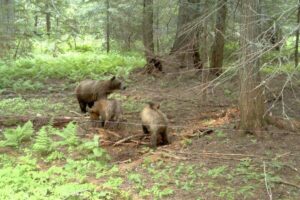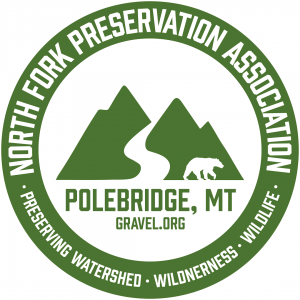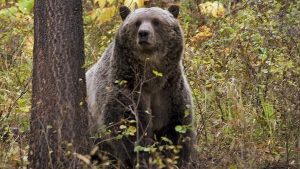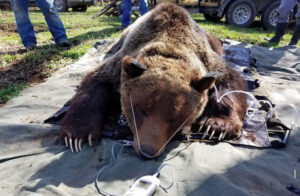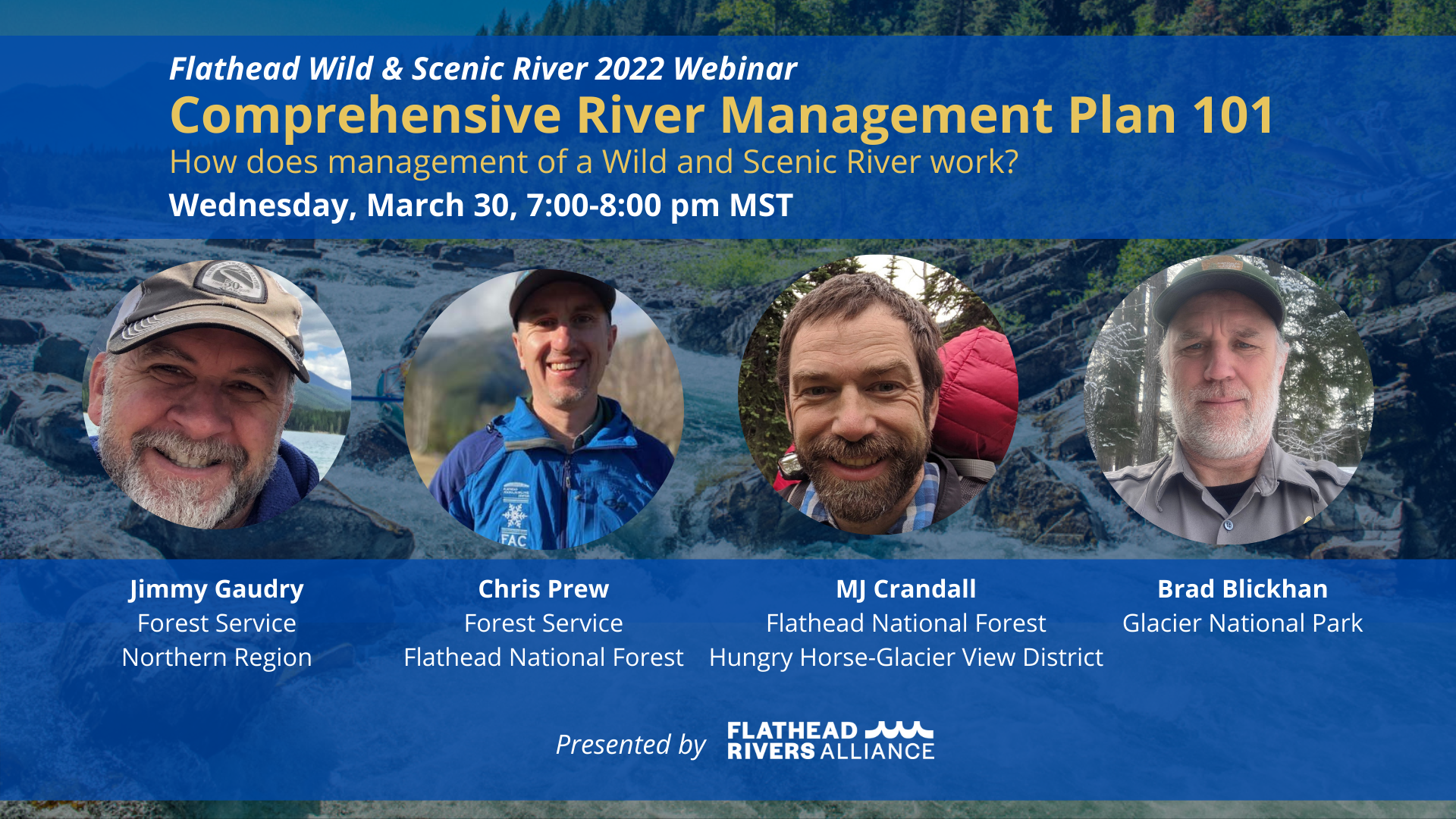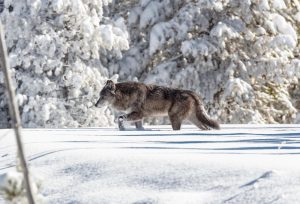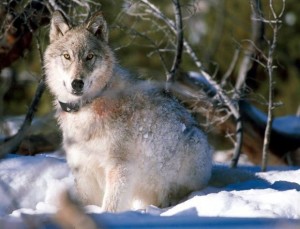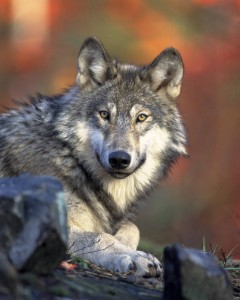
Larry Wilson had nice things to say about the NFPA 40th anniversary annual meeting in his Hungry Horse News column this week . . .
I still miss John Frederick. Over the years we became close friends although our political views were usually completely opposed. We had hundreds of political discussions and we both enjoyed them. We both recognized that the other had the same or similar goals in mind—we just differed on how to reach those goals.
I thought of John a lot this week because he was one of the founders of the North Fork Preservation Association which celebrated its fortieth anniversary this week, and there were photos of John and even a sweatshirt with his likeness on it.
I have never been a member of the NFPA, but I always try to attend their annual meeting The business portion is always short—they tend to re-elect their officers almost automatically—John Frederick was president for over twenty years and our friend Frank Vitale was Vice-President for an equal number of years.
What they do have every year, including this year, is a knowledgeable, interesting and informative speaker. Also, I really enjoy the members and the opportunity to see and talk with them.
